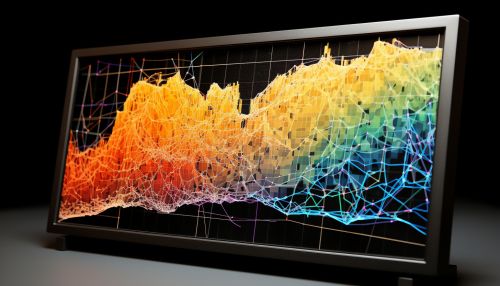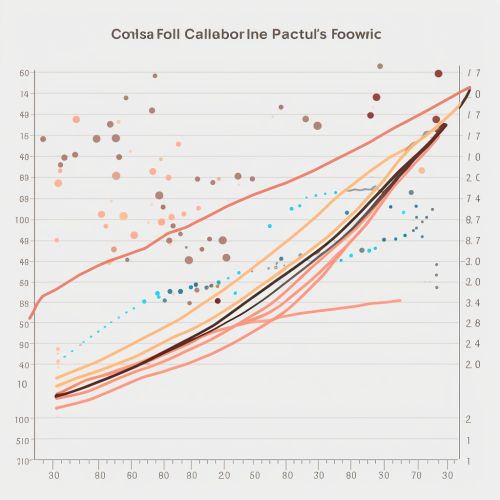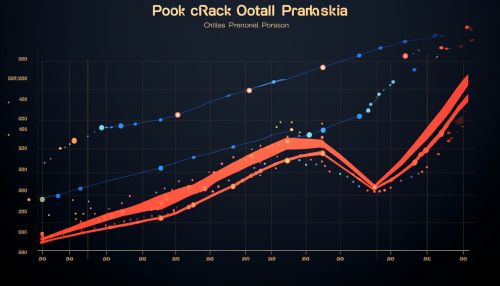The Role of Geostatistics in Predicting Water Quality
Introduction
Geostatistics is a branch of statistics that deals with spatial or spatiotemporal datasets. It has been widely used in a variety of disciplines, including hydrology, where it plays a crucial role in predicting water quality. This article explores the role of geostatistics in predicting water quality, providing a comprehensive and detailed analysis of the subject.


Geostatistics: An Overview
Geostatistics originated from the mining and petroleum industries, but its applications have since expanded to many other fields. It involves the application of statistical methods to spatially correlated data to predict values at unobserved locations. The primary goal of geostatistics is to understand and quantify the spatial variability of a particular attribute, such as water quality.
Geostatistics and Water Quality
Water quality is a critical aspect of environmental science, public health, and civil engineering. It refers to the chemical, physical, and biological characteristics of water, which determine its suitability for a specific use. Geostatistics aids in predicting water quality by providing a statistical approach to analyze spatially distributed water quality data.


Statistical Methods in Geostatistics
Several statistical methods are employed in geostatistics to analyze and predict water quality. These include:
- Kriging: This is a group of statistical techniques used to interpolate the value of a random field at an unobserved location from observations at nearby locations. Kriging is widely used in the prediction of water quality parameters.
- Variogram Analysis: This is a fundamental tool in geostatistics used to quantify spatial autocorrelation, which is the degree of dependency among observations based on their spatial arrangement.
- Spatial Autocorrelation: This is a measure of the degree to which a set of spatial features and their associated values tend to be clustered together in space or tend to be dispersed.


Application of Geostatistics in Predicting Water Quality
Geostatistics has been applied in various ways to predict water quality. For instance, it has been used to assess the spatial distribution of pollutants in a water body, to predict the concentration of contaminants in unmonitored areas, and to design optimal sampling networks for water quality monitoring.


Challenges and Future Directions
Despite its significant contributions, the application of geostatistics in predicting water quality is not without challenges. These include the lack of adequate spatial data, the complexity of water systems, and the need for high computational resources. However, with the advancement of technology and the increasing availability of spatial data, the future of geostatistics in predicting water quality looks promising.
